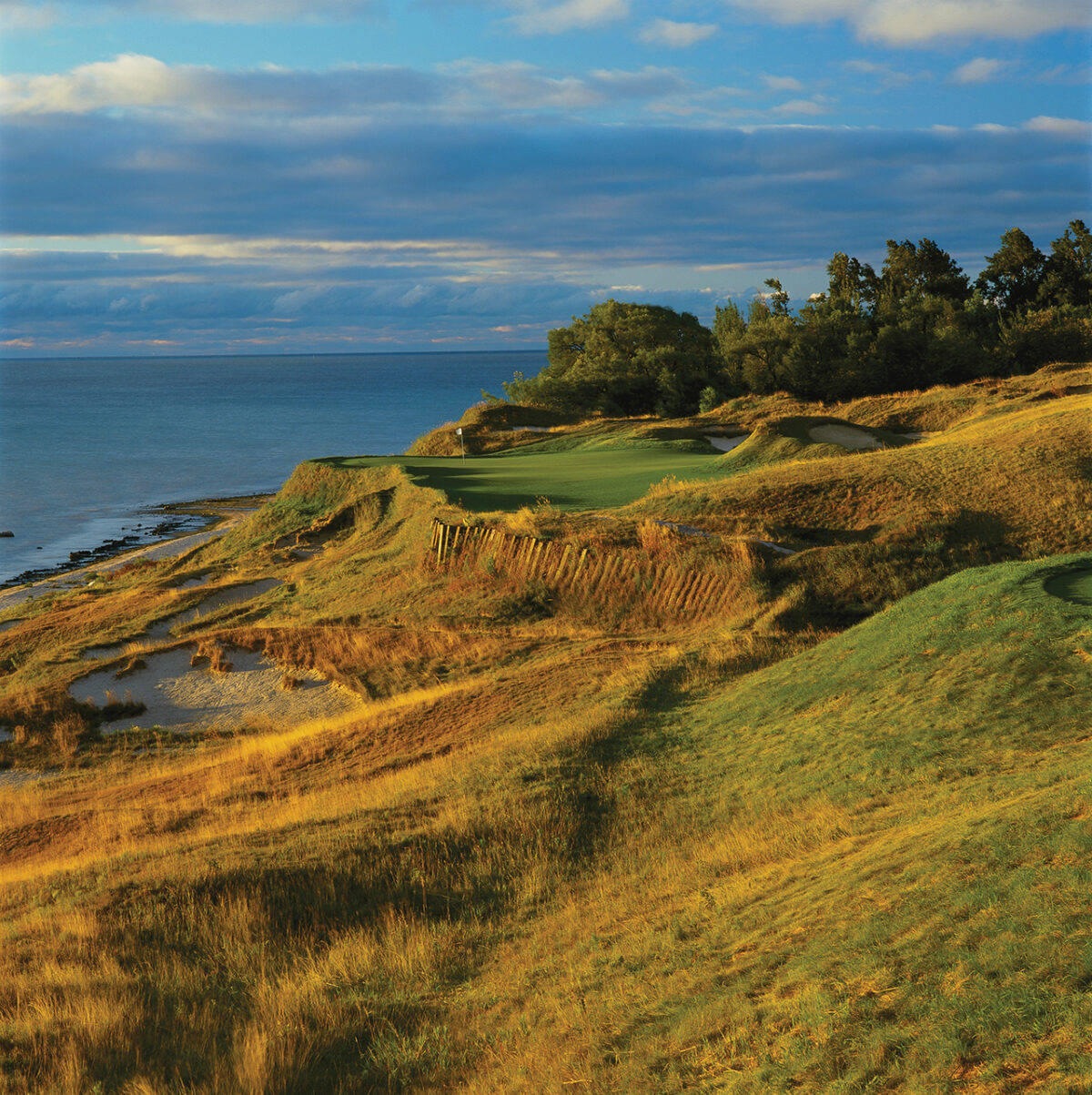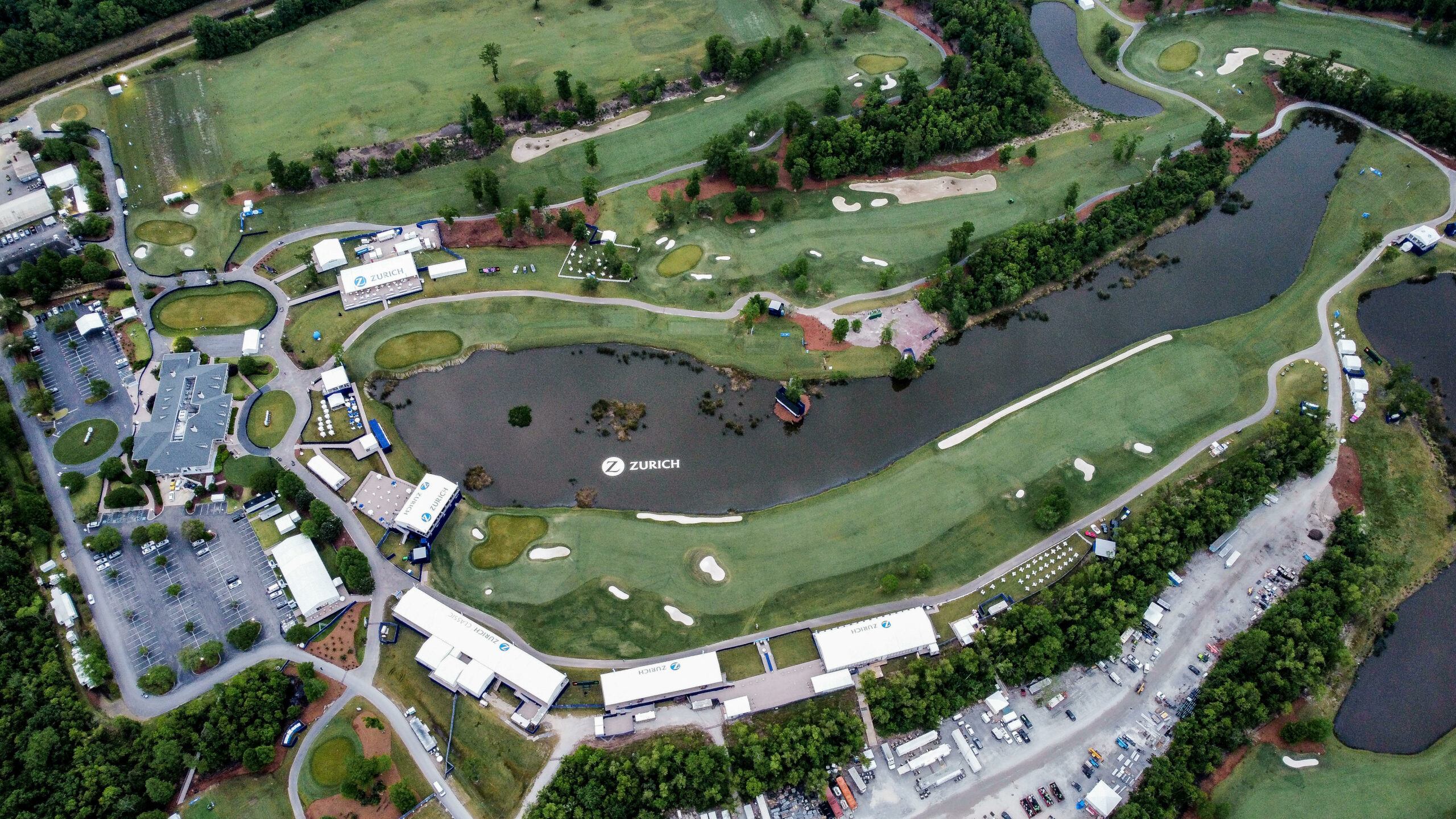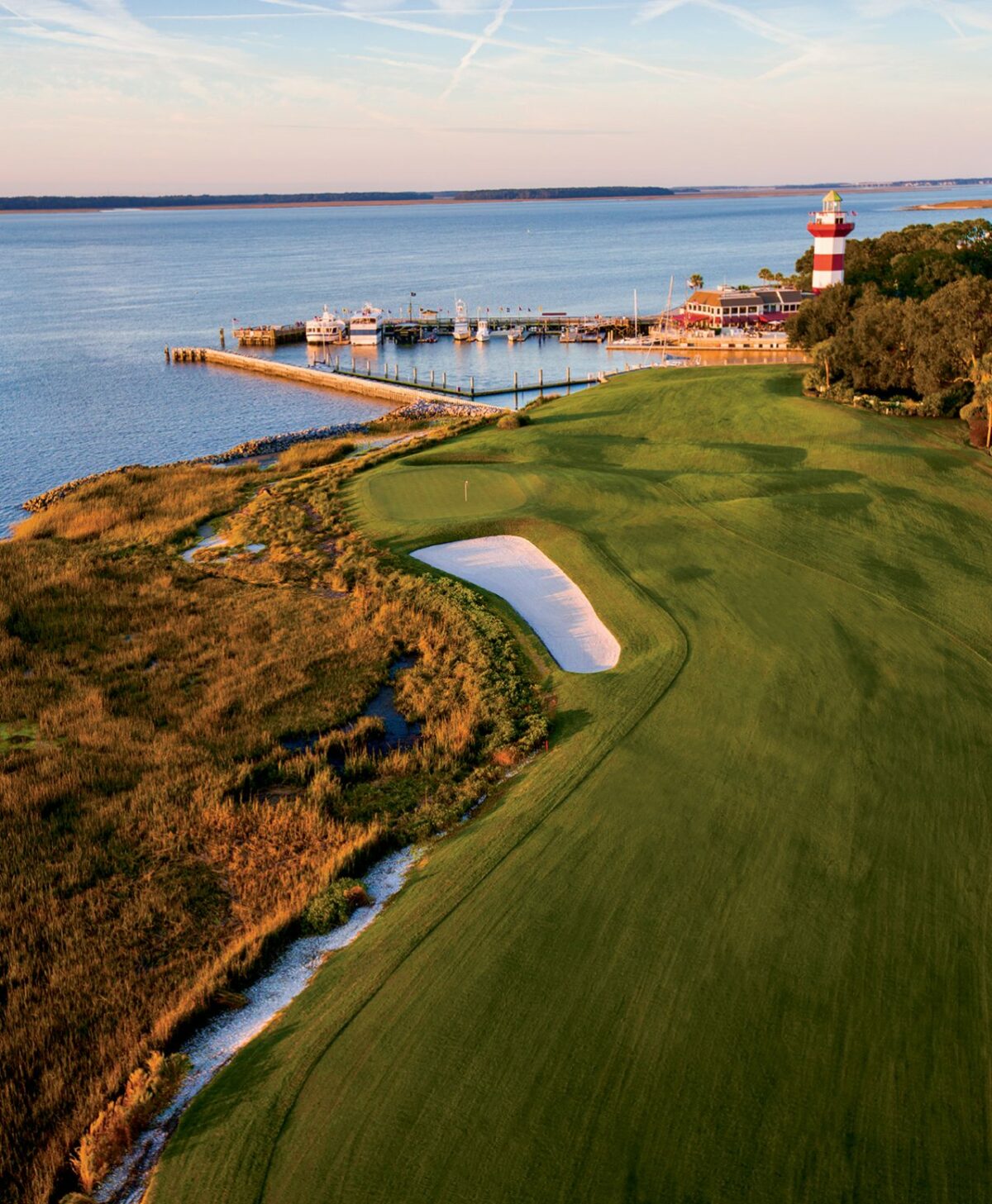Casa de Campo, the sprawling destination in the Dominican Republic with three resort golf courses, has announced plans to restore its Pete Dye-designed Teeth of the Dog layout starting in January of 2025.
Teeth of the Dog – named for the small, sharp rocks along the shore – is widely considered one of the best courses in the Caribbean. Opened in 1971, the layout features seven dramatic holes that play tight enough to the ocean to get a player’s socks wet. The course not only was built by the legendary Dye, he lived there with his wife, Alice, for years, and some of his ashes were spread on No. 8 of Teeth of the Dog after he died in 2020.
The restoration will be done by Jerry Pate Design, the company owned by the winner of the 1976 U.S. Open and the 1982 Players Championship. After that latter victory, Pate threw Dye into the water on the new Players Stadium Course at TPC Sawgrass that Dye had recently designed.

Much of the work to be done at Teeth of the Dog is cosmetic. All tees, fairways and greens will be re-grassed with Dynasty Paspalum, which is ideal for seaside courses, especially one like Teeth of the Dog where ocean spray easily can blow onto the golf holes. The fairways will be sand-capped three inches deep, which promotes firm and bouncy turf ideal for golf.
Pate’s team also will expand the current greens back to their original sizes, with some slight recontouring. All greenside bunkers will be reshaped and expanded to flat bottoms with enhanced faces for a sharper, more dramatic look. Other work includes renovating the cart paths.
Work is expected to be completed by November 2025.
“I have long admired Pete Dye, as he was a creative genius who transformed the modern game of golf with his immense talent and imagination, and no course typifies that more than Teeth of the Dog,” Pate said in a media release announcing the restoration. “The layout is truly one of the best in the world, and our job is to preserve Pete’s lifeworks and put a bit more bite back into Teeth of the Dog.”

The resort’s other two Dye-designed courses will remain open to guests. The 27-hole Dye Fore course features many holes along incredible jungle cliffs above a river with long views down toward the ocean, while the 18-hole Links course plays through the center of the 7,000-acre property with wider fairways and tricky greens.
The resort as a whole is massive with a world-class marina, a smorgasbord of dining options, a wide assortment of activities ranging from shooting sports to the beach and one of the best beach bars in the world. The property includes an assortment of accommodations ranging from hotel rooms to luxury villas frequently rented by top celebrities.
The updates to Teeth of the Dog will be the first large-scale work to the course since it opened.
“We will miss Teeth of the Dog for most of 2025, but we are excited and honored to take Pete’s masterpiece to a new level and completely restore the integrity of his legendary course to new heights,“ Gilles Gagon, longtime friend of Dye and the golf director emeritus and senior director of golf sales at the resort, said in the media release. “With all the many years Pete and I worked together, I know he would be beyond pleased with the upcoming work to be done on the course that ignited his stellar career and legacy as one of the world’s premier golf architects.”














